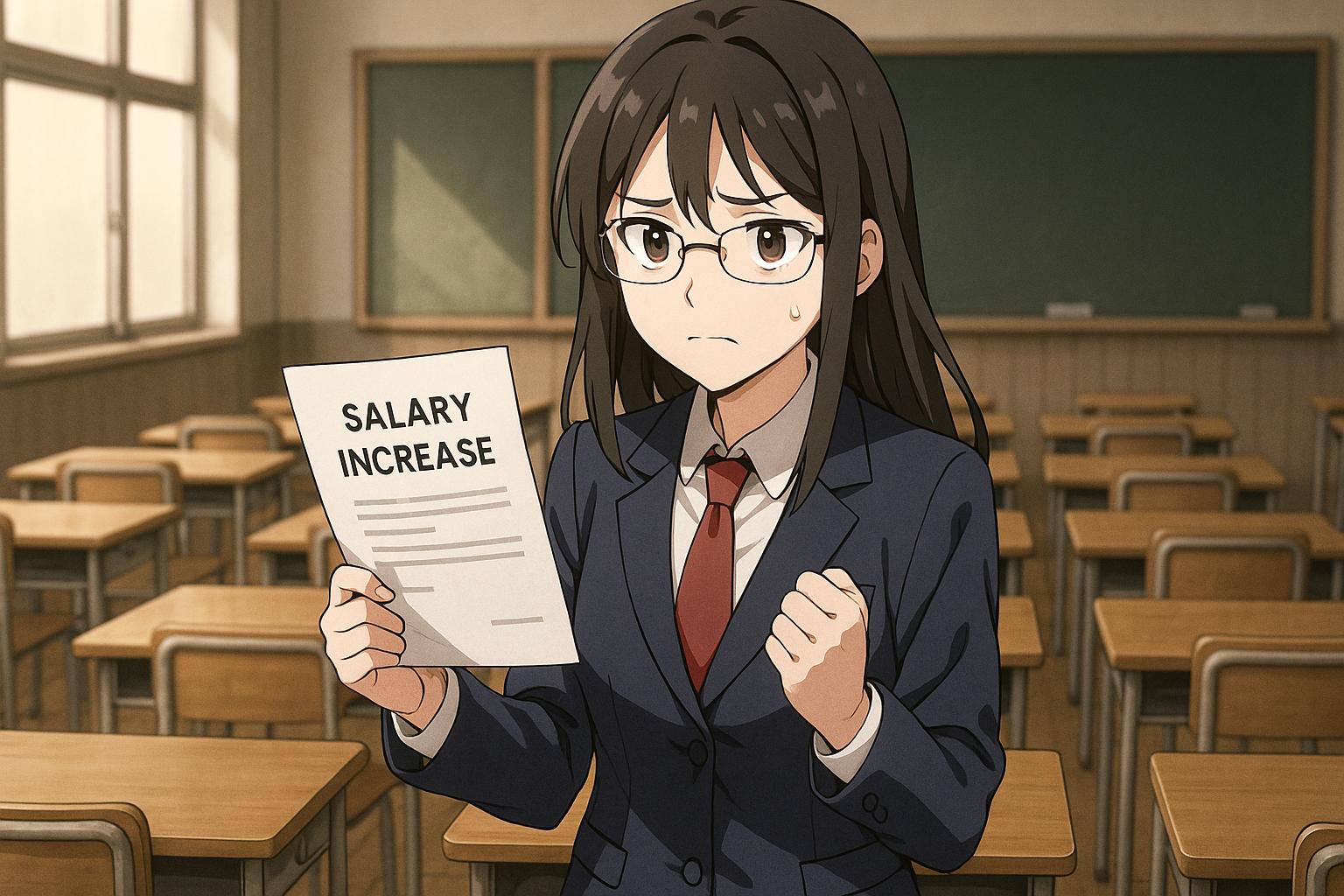A recently announced partial pay rise for teachers in England has sparked concerns about the potential impact on school funding and educational provision. The Government, responding to recommendations from the School Teachers’ Review Body (STRB), has agreed to increase salaries for teachers and school leaders by 4% starting in September. Education Secretary Bridget Phillipson has stated that schools will receive an added £615 million this financial year to assist with the costs. However, she indicated that schools will need to source an additional 1% of the pay award through “improved productivity and smarter spending,” a directive that has met with significant resistance from education unions.
Daniel Kebede, general secretary of the National Education Union (NEU), voiced strong concerns regarding the implications of a partially funded pay increase, warning that this could lead to cuts in vital services, job losses, and substantially increased workloads for teachers. Kebede articulated that without full funding from the Government, they would be compelled to register a dispute and raise awareness among parents and politicians about the detrimental effects on school budgets.
The backdrop to these developments reveals ongoing tensions between the Government and teaching unions. Just months prior, both the NEU and NASUWT unions had threatened to initiate strike actions if their demands for fully funded salary increases were not met. This follows earlier signals from the Department for Education (DfE), which suggested a 2.8% pay rise for teachers for the fiscal year 2025/26—an indication that raised further alarm amongst educators regarding future funding stability.
Pepe Di’Iasio, general secretary of the Association of School and College Leaders (ASCL), echoed these concerns, arguing that the funding provision represents a cut to already strained school budgets. He has cautioned that relying on improved productivity to bridge funding gaps underestimates the fiscal challenges schools have already faced. Many institutions have cut costs to the bone, and further reductions in educational services seem inevitable under the current financial constraints.
Research by the School Cuts coalition underscores this precarious situation, revealing that 76% of primary schools and a staggering 94% of secondary schools in England anticipate being unable to manage their expenses in the upcoming year without additional funds. The coalition highlighted a substantial funding gap of £700 million that would be necessary to adequately cover teacher pay awards moving forward—a gap that raises the spectre of further cuts to educational provisions.
Phillipson emphasised that, despite the increases over recent years—stating that teachers will see a pay rise of nearly 10% since the Government took office—the unfunded aspects of this newest increase have left many within the profession feeling uncertain. She later announced an additional £160 million investment for colleges, yet the overall financial picture for schools remains precarious.
The challenges are compounded by persistent staffing shortages within the education sector, exacerbated by the unions’ fears that any unaddressed financial deficiencies could lead to a crisis in public education. In light of these conditions, significant industrial action may not just be a threat but a distinct possibility unless the Government delivers a fully funded salary increase.
As the education landscape continues to evolve, the stakeholders—teachers, unions, and policymakers—will need to navigate these turbulent waters carefully. The choices made in response to this financial framework could either pave the way for a more robust educational system or usher in a period of diminished resources and support for both educators and the students they serve.
Reference Map
- Paragraphs 1, 2, 3, 4, 9
- Paragraph 5
- Paragraph 6
- Paragraph 7
- Paragraph 8
Source: Noah Wire Services
